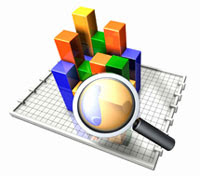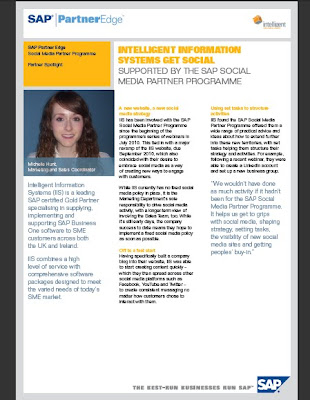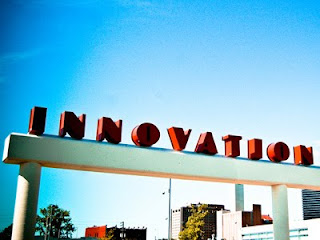
Torelli is a Boutique Bicycle Company manufacturing premium bicycles, frames, parts and accessories. They are the first company to have their SAP Business One implementation and corresponding business transformation tracked and documented by Information Week.
In a video blog posted this week, Torelli’s Product Design Manager Christian Feldhake describes how with the company’s new ERP implementation, a simple thing like offering a customer free shipping on a product would actually become, well … simple.
When asked by a colleague whether it was okay to extend a free shipping promotion on a phone order, Feldhake explains that currently, only CEO Todd Linscott can authorise the offer on those particular products in question, and the chief executive was off-site at the time, visiting customers. So for the time being, no discount, and consequently, no sale.
But that is all about to change, Feldhake says, thanks to the technology makeover Torelli is receiving this month, courtesy of SAP and Navigator Business Solutions.
"With the new software we're going to have from SAP, we'll be able to go in and put a limit on the amount of discounts, or set predetermined discounts in the software," Feldhake says, taking a break from packing up bike frames to ship out to Torelli's dealer network. As a result, “The salesperson, or the customer directly over the phone, will be able to answer those questions without having to go to higher management.”
That kind of empowerment means that everyone at this small company — and even the customers themselves — will have the information at their fingertips to close deals, and thereby help Torelli meet its goals for success.
Source: Information Week











